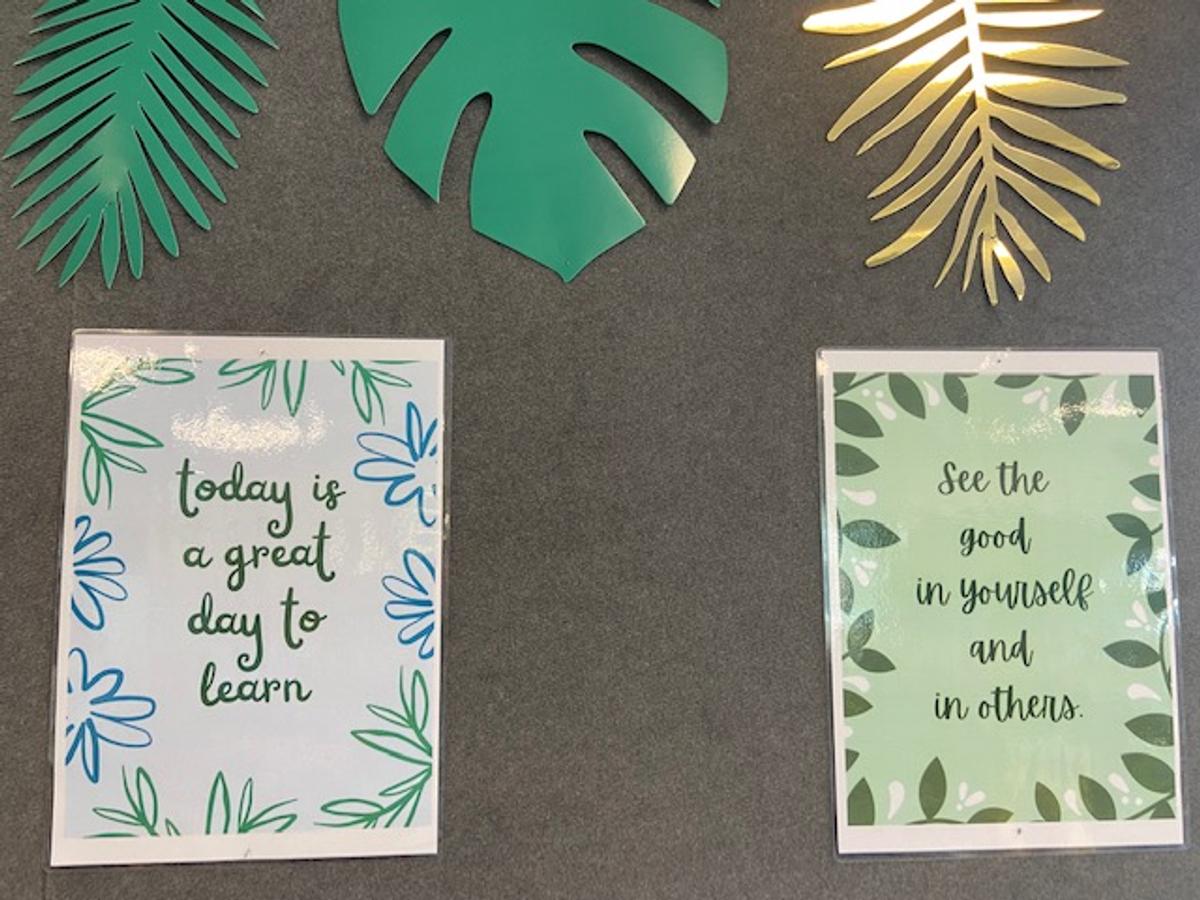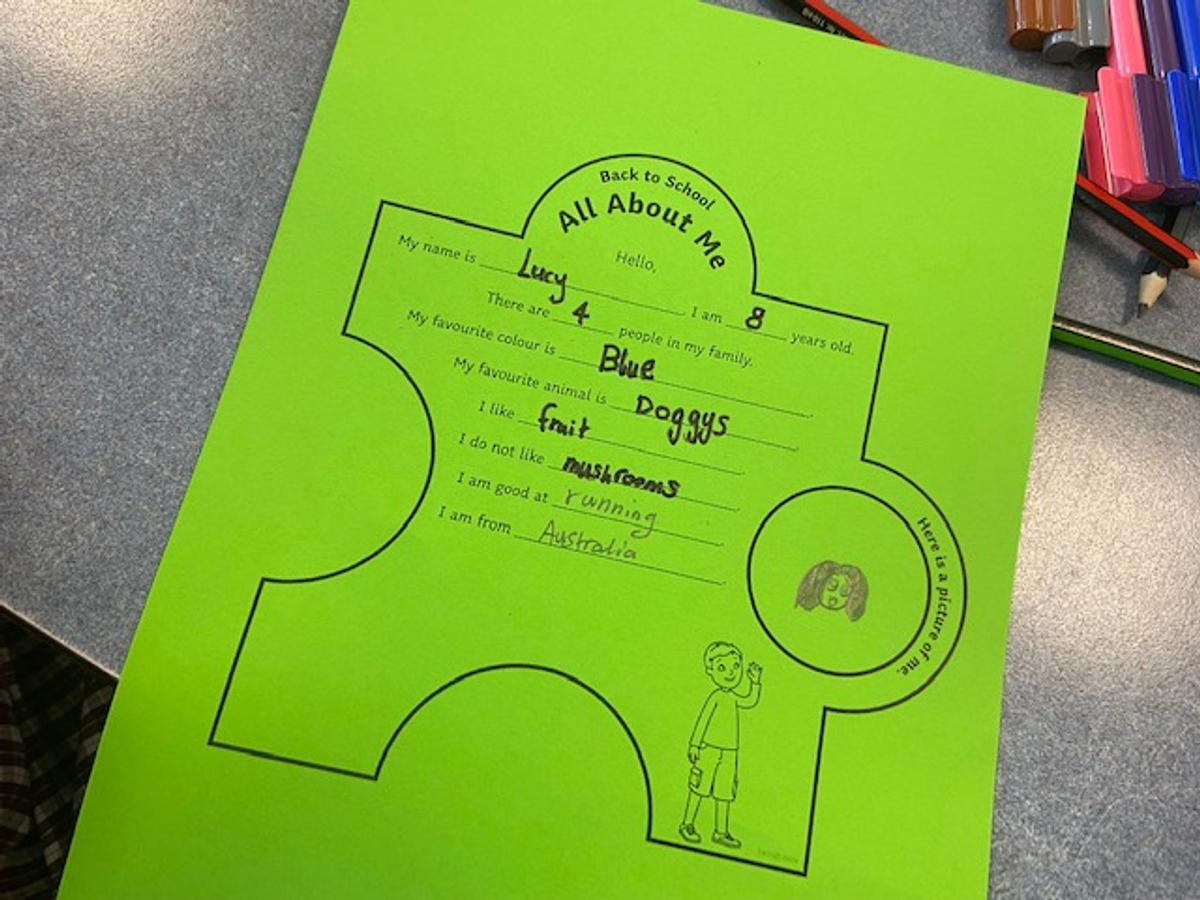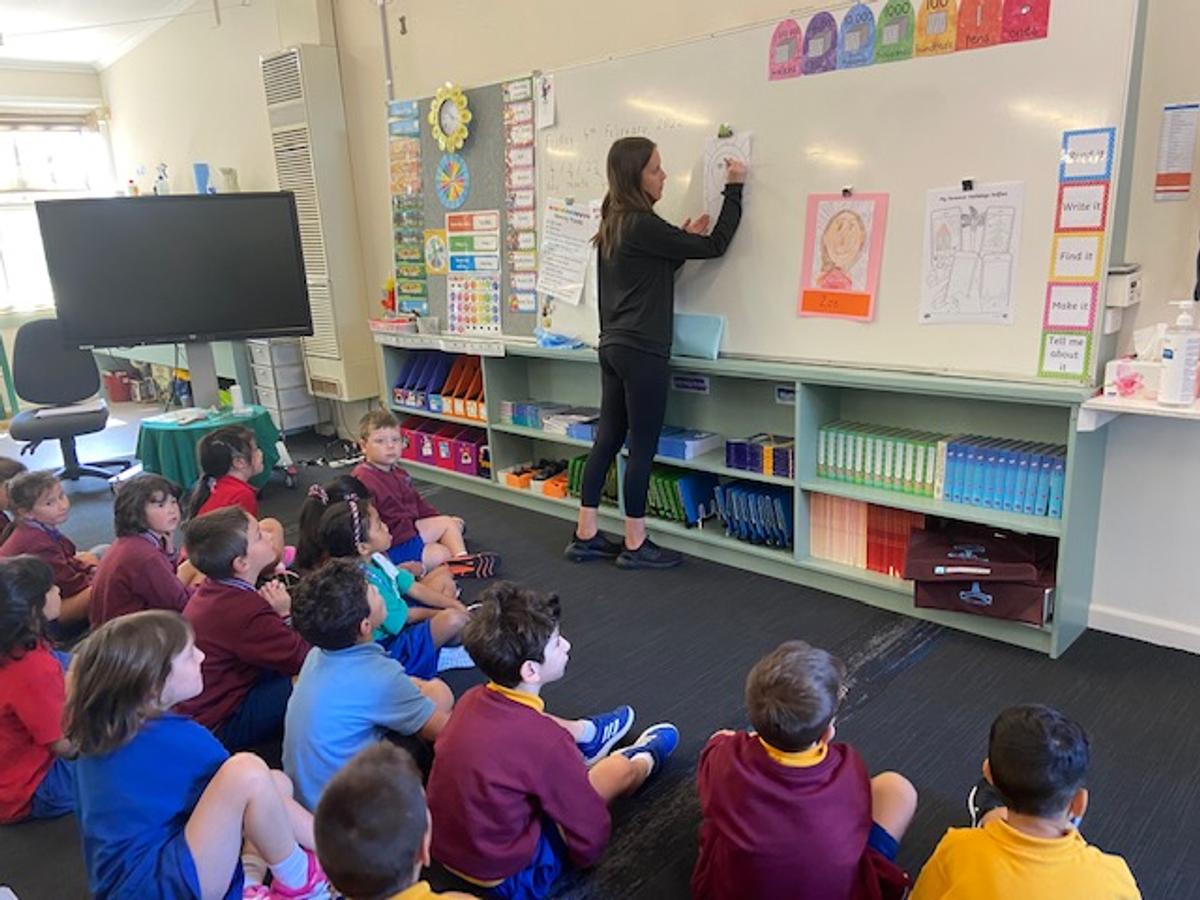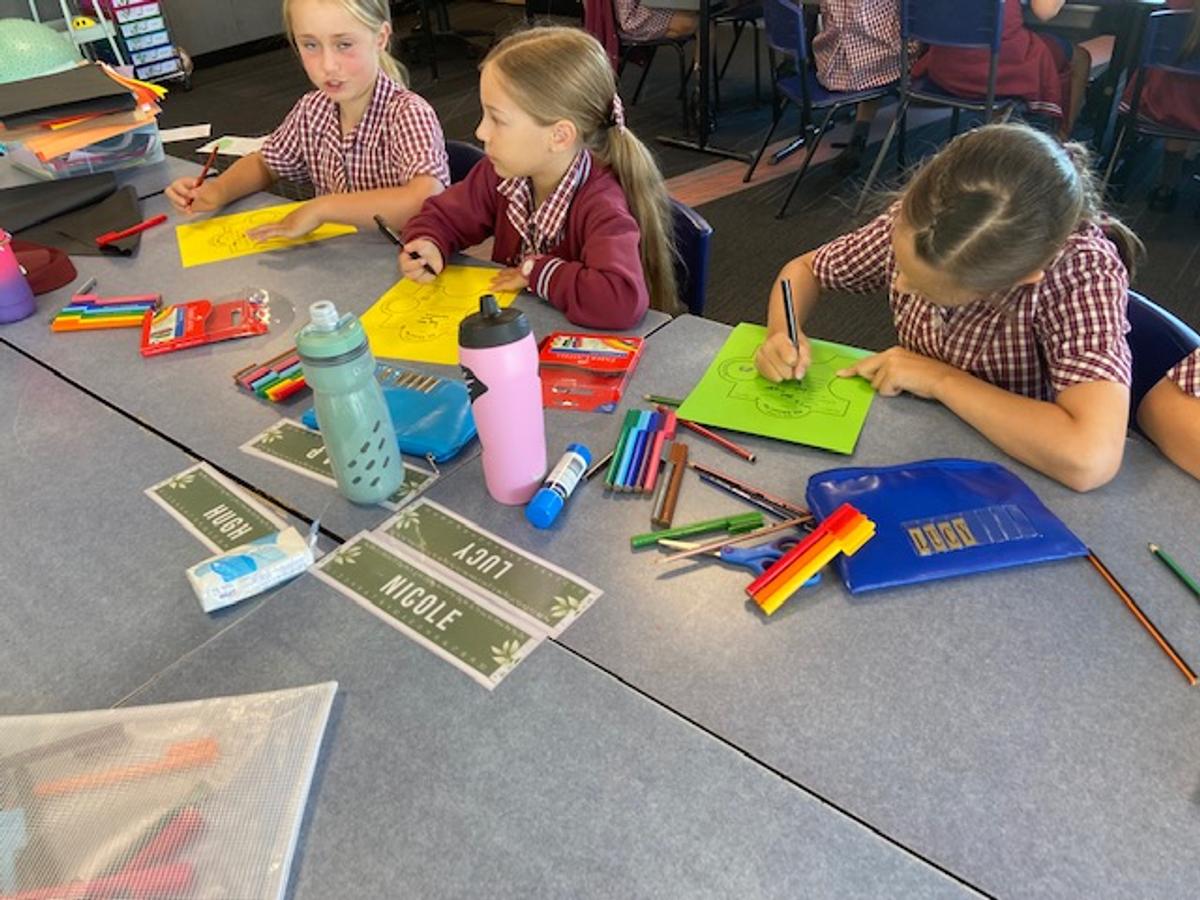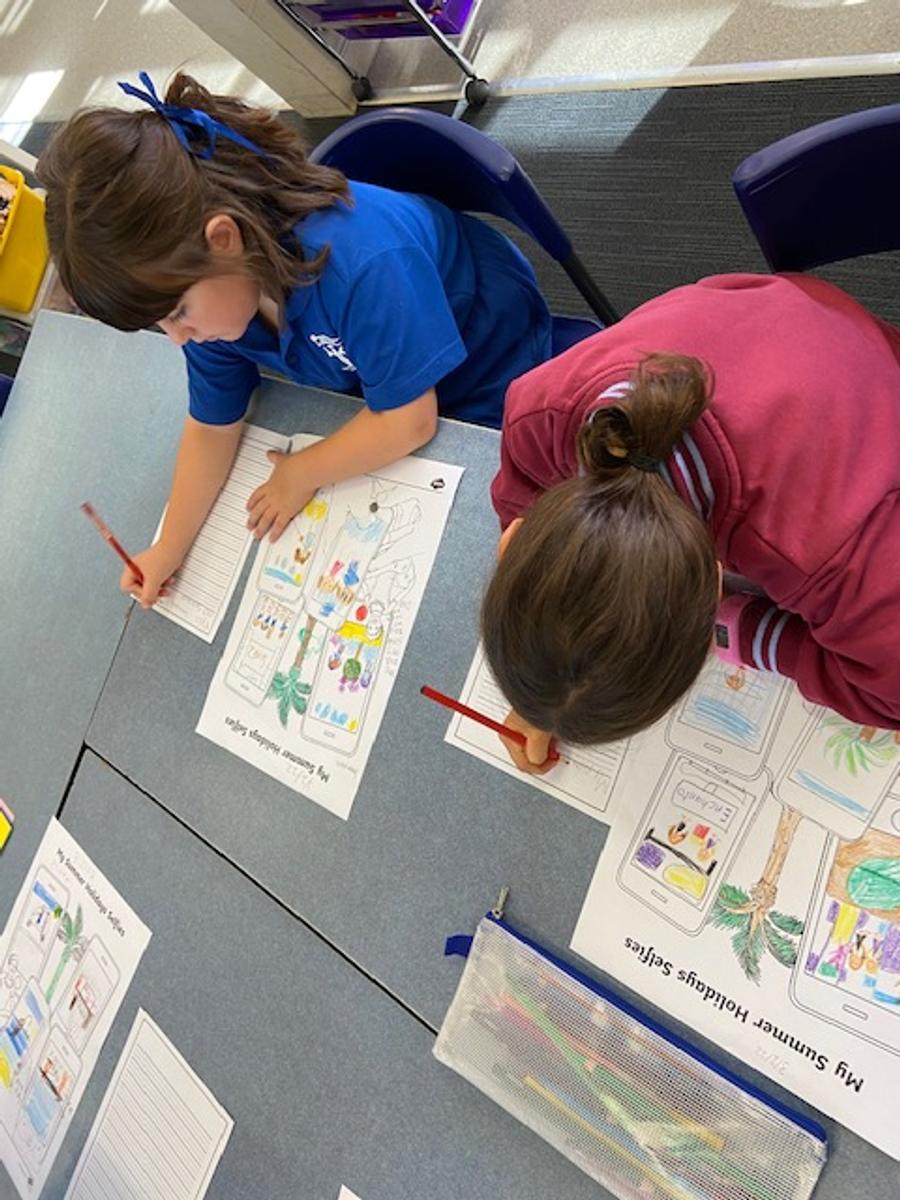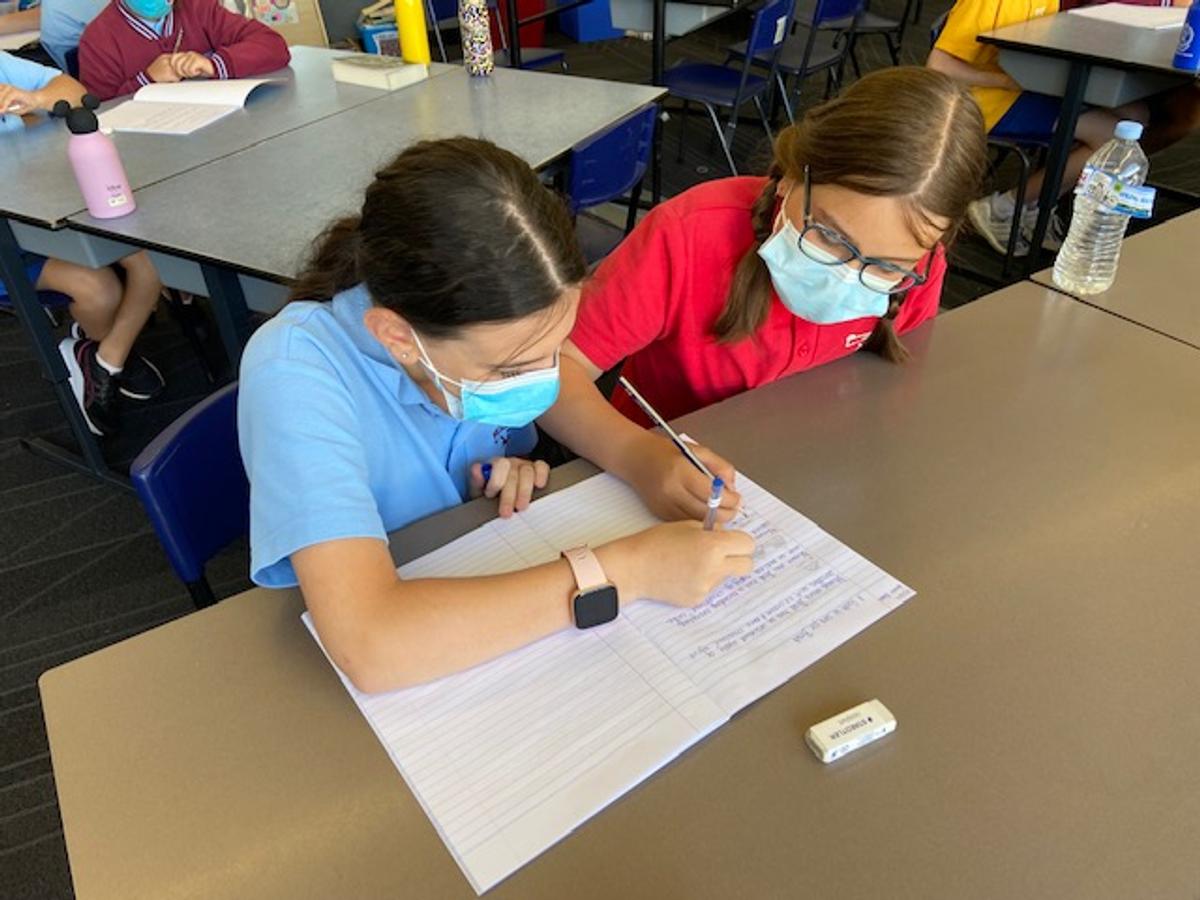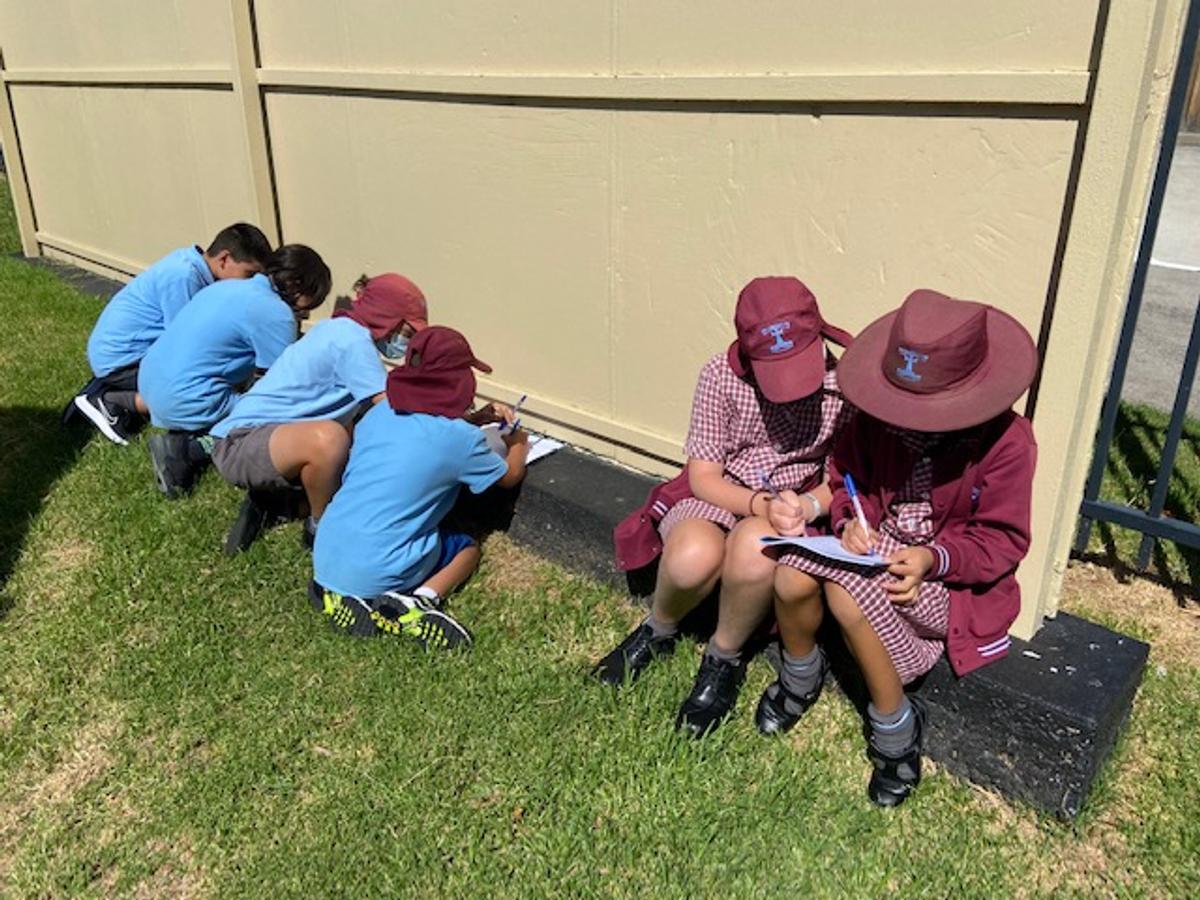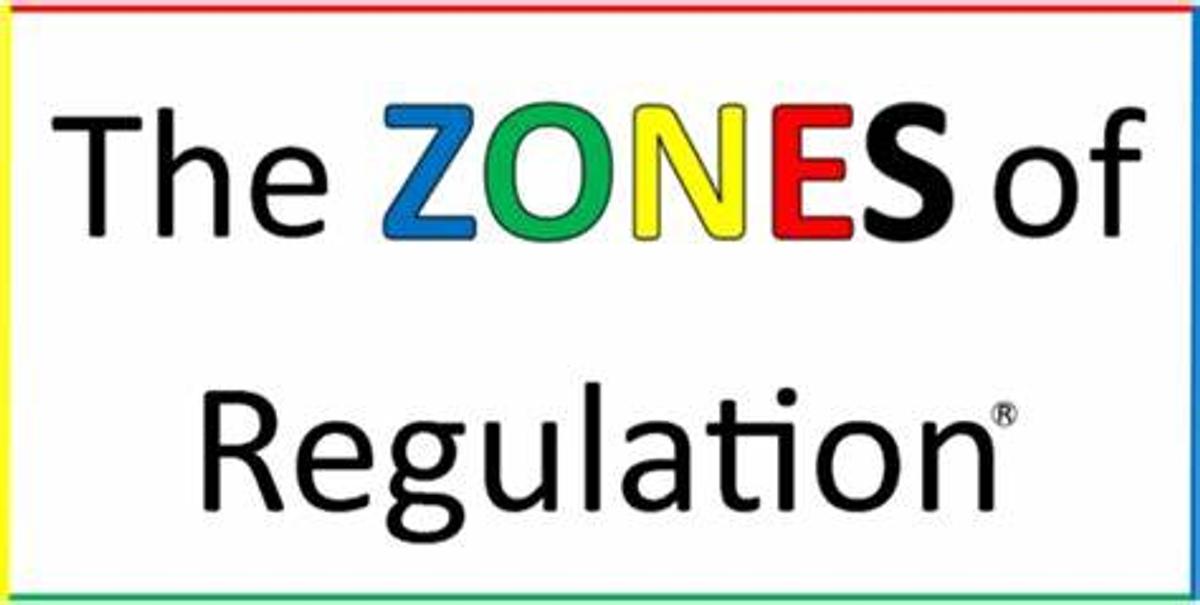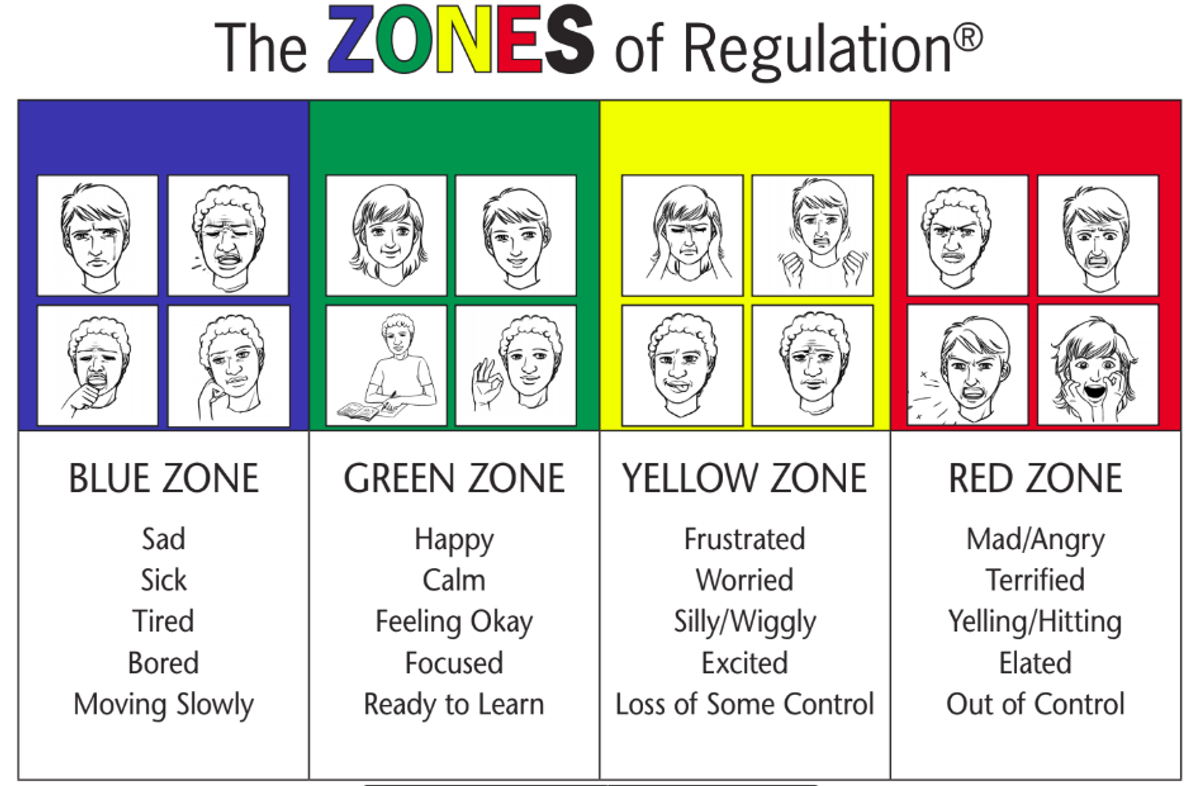Wellbeing
Our students have already made a fantastic start to 2022! Walking around the school, it is wonderful to see how they are settling in, learning new routines, making friends and having a go at new activities.
Check out some of our wonderful students already engaging so well in their school life this year!
The start of a new school year is often a mix of emotions for our students (and parents!). After two tumultuous years dealing with Covid and home learning, it is understandable that returning to school for a new year can cause some mixed feelings for students. Below is some useful information on the Zones of Regulation which can be a great way to kick start conversations with your child about how they are feeling throughout the school week.
If you have any questions regarding this information please see your classroom teacher or myself.
Wishing everyone a happy start to the year,
Jo Hunt
jhunt@cohroakeast.catholic.edu.au
As part of the Social and Emotional Learning program at our school, students across the levels will be learning about the Zones of Regulation. This is a way of identifying and regulating emotions that is very effective for school aged children who often struggle to articulate how they are really feeling. The Zones of Regulation is a framework developed by Leah Kuypers.
The Blue Zone is used to describe low states of alertness, such as when we feel sad, tired, sick or bored. This is when our body and brain are moving slowly or sluggishly.
The Green Zone is used to describe a regulated state of alertness. This is when we feel happy, calm, focused or content. This is the zone we generally need to be in for schoolwork and in most social situations. Being in the Green Zone shows control.
The Yellow Zone is used to describe a heightened state of alertness. This may be when we are feeling frustrated, anxious, excited, silly, nervous or confused. In the Yellow Zone, we often feel wiggly or squirmy and can start to lose some control.
The Red Zone is used to describe extremely heightened states of alertness or very intense feelings. We might be feeling anger, rage, elation or over-excitement. Being in the Red Zone can best be explained by not being in control of our body.
When speaking to your child about how they are feeling, it can be helpful to first ask questions such as ‘What zone are you in right now?’ Once your child has identified their zone, you can ask for a more specific emotion such as ‘If you are in the Blue Zone, are you perhaps feeling tired, or bored?’ Prompts such as ‘You look like you’re in the Red Zone,’ or ‘How can we get you back into the Green Zone?’ might be useful ways to start off conversations.
It is important to note that every zone is acceptable and expected in certain situations. There are no ‘bad’ or ‘negative’ emotions. The Red Zone feelings are acceptable and expected in certain situations, as long as we make good choices about how we act while in this state. At our school, we have a motto: ‘Every zone is ok, it matters what you do and say’.
** Please feel free to talk to your child’s teacher if you would like more information about the Zones of Regulation.


